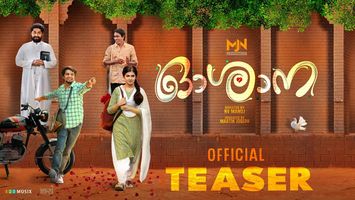Taj Mahal is the story of a family. It is not only a romance, it is also a tragedy. The family is the royal family of the great Moguls driven by overpowering passion of love and hate. At the center of this drama are the primal lovers, Prince Khurram, son of Emperor Jahangir and Arjumand, the niece of Empress Noor Jahan. Amidst ambition and power, hate, violence, intrigues and conspiracy, the budding romance of the teenager Prince Khurram blossomed as he turned to be the Emperor of Hindustan. And since the Emperor depended on his sons to govern his provinces and for that purpose empowered them with large armies and independent sources of revenue. The scene was set for clashing of arms, charging of horses and whipping off heads. In short brothers destroyed each other, sons rebelled against their own father, for the rivalry for the throne. The greatest love story of all times was thus splattered with the blood of ambition. Aurangzeb, son of Emperor Shah Jahan, unleashed his longstanding vengeance by executing his eldest brother and imprisoning his father to ascend the throne. Their love story lasted for nineteen years, when ultimately the delivery of her last child resulted in her death. Deeply struck by this tragedy, Shah Jahan devoted twenty-two years to perpetuate her memory. When it was completed, the Taj Mahal became Mumtaz Mahal for him, and when in the wake of his death his body was interred along side hers, together it became the Taj Mahal.






























